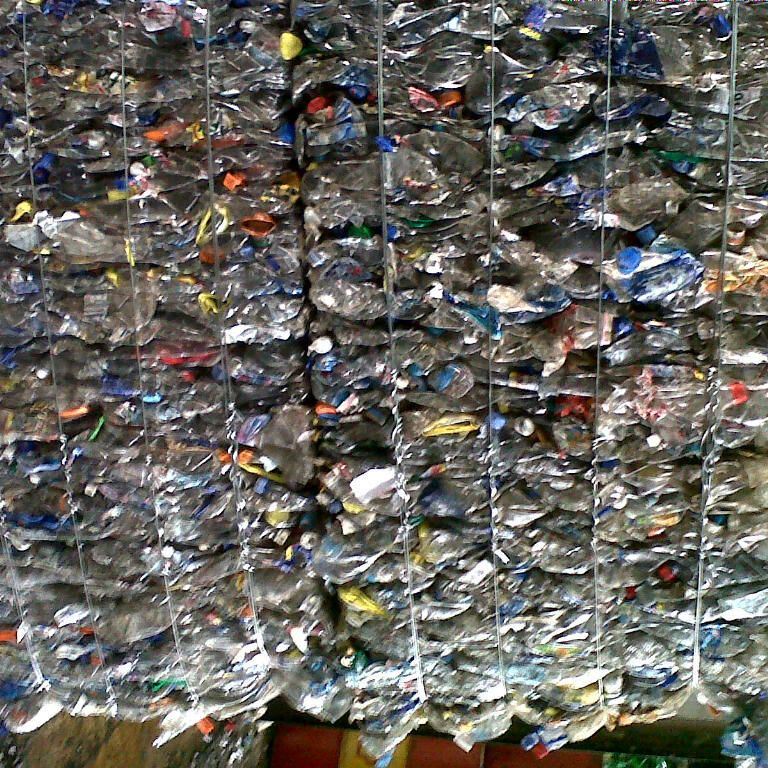
PET Bottle Scrap
Product Name: PET Bottle Scrap
Material Type: Polyethylene Terephthalate (PET)
Form: Baled, cleaned, and sorted bottles (with or without caps and labels)
Color: Transparent, green, blue, or mixed (as per customer requirements)
Origin: Germany
Purity: 90% – 99% PET content (low contamination level)
Moisture Content: Less than 2%
Packaging: Compressed bales for easy handling and transportation
Bale Weight: Typically 300 – 500 kg per bale (customizable based on order)
Contaminants: Free from hazardous materials, excessive dirt, and non-PET plastics
Melting Point: 250°C – 260°C
Recyclability: 100% recyclable for use in food-grade and industrial applications
Environmental Compliance: Collected and processed according to Germany’s strict recycling and environmental standards
Certification: Compliant with international recycling regulations and quality standards
Description
PET Bottle Scrap (Polyethylene Terephthalate) consists of post-consumer and post-industrial PET bottles collected, sorted, and baled for recycling. Known for its lightweight, high strength, and excellent moisture barrier properties, PET is one of the most widely recycled plastics globally. This scrap originates from Germany, where strict recycling standards ensure high-quality material with minimal contamination. The PET bottles are typically cleaned, sorted by color, and compressed into bales, making them ready for reprocessing into new products such as fibers, sheets, and food-grade containers.
Application:
PET Bottle Scrap is highly versatile and used in various industries due to its recyclability and wide range of end-use products:
- Textile Industry: Recycled PET is commonly converted into polyester fibers used for clothing, carpets, and upholstery.
- Packaging Industry: Processed into PET flakes or pellets for manufacturing new bottles, food containers, and packaging films.
- Construction Materials: Used in the production of insulation materials, roofing tiles, and plastic lumber.
- Automotive Industry: Transformed into interior components such as seat covers, carpets, and insulation.
- Consumer Goods: Recycled into products like shopping bags, straps, and household containers.
- 3D Printing: Used as a raw material in filament production for 3D printing applications.
- Environmental Sustainability: Contributes to reducing plastic waste and promotes a circular economy through continuous recycling.
